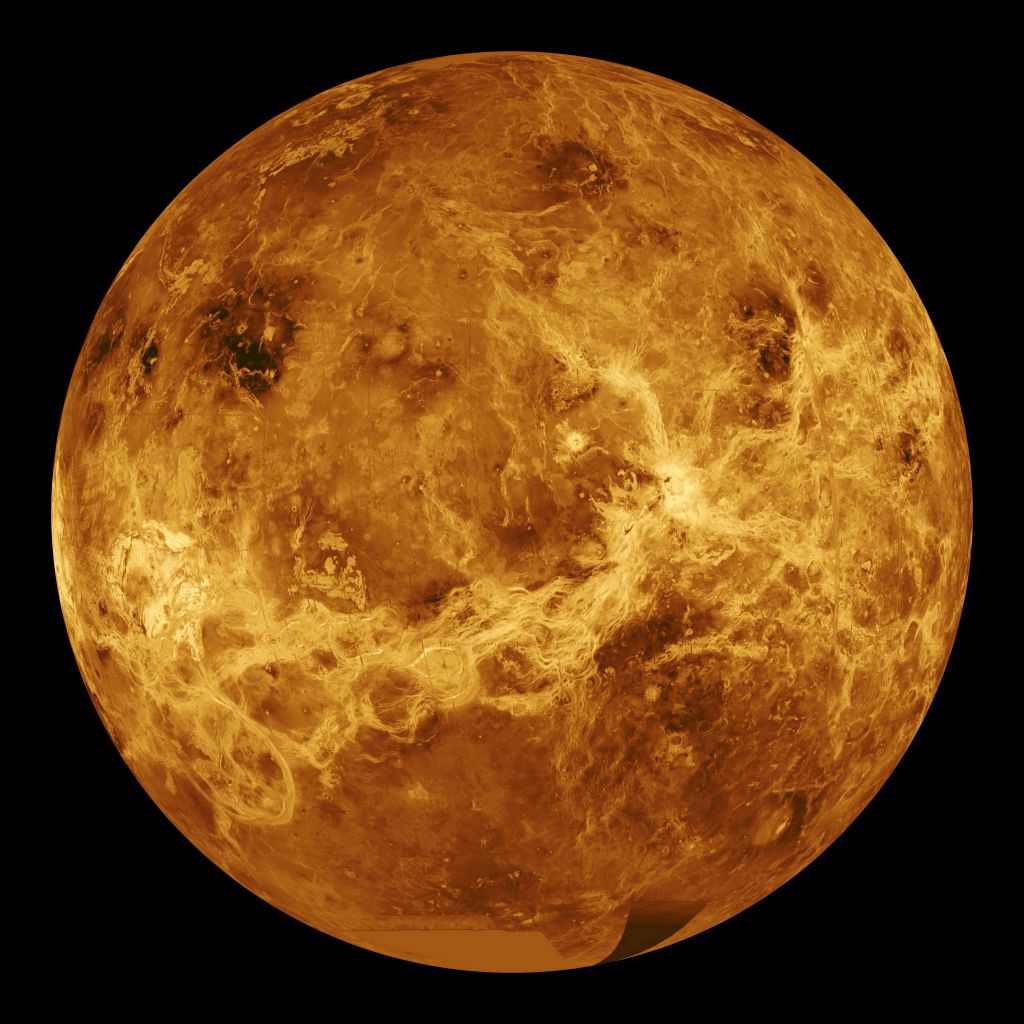Venus is easy to see with the unaided eye. In fact, it’s the brightest object in the night sky after the Moon, so it’s safe to say that humans have been aware of Venus since people have looked to the skies. In fact, there are 5 planets visible with the unaided eye: Mercury, Venus, Mars, Jupiter and Saturn. It’s actually impossible to say who discovered Venus, since the planet has been known since before recorded history. Humans have been on Earth for 200,000 years, so maybe that’s how long we’ve known about the planet.
But ancient astronomers didn’t really know what Venus was. They knew it was an object that moved in the sky from night to night, sometimes being obscured by the glare of the Sun. But it wasn’t until Copernicus developed his model of the Solar System that placed the Sun at the center, and the planets orbiting it. At that point, both Venus and Earth were recognized to be planets.
Galileo pointed his telescope at Venus in 1610, and confirmed Copernicus’ theory by showing that Venus went through distinct phases, just like the Moon. The phases matched the predictions made by Copernicus, and demonstrated that Venus was really a planet, orbiting the Sun and not the Earth.
This model was confirmed even more when Venus made a transit across the surface of the Sun on December 4, 1639. The most recent transit of Venus happened in 2004, and the next one will occur in 2012.
Even in the best telescopes we have today, the surface of Venus is obscured by thick clouds, so it’s impossible to see any features on its surface. It wasn’t until radar signals were bounced off Venus in 1961 that scientists had any way to calculate the planet’s speed of rotation and axial tilt.
The first spacecraft to visit Venus was Mariner 2, but more recent spacecraft, like NASA’s Magellan were equipped with radar instruments that can peer through the thick atmosphere of Venus and reveal the hellish surface below.
Spacecraft have even landed on the surface of Venus. The Russian Venera program put a handful of landers on the surface of Venus, which were able to send home images of the surface before they malfunctioned in the incredible heat and pressure found on the surface of the planet.
We have written many articles about Venus for Universe Today. Here’s an article about Venus’ wet, volcanic past, and here’s an article about how Venus might have had continents and oceans in the ancient past.
Want more information on Venus? Here’s a link to Hubblesite’s News Releases about Venus, and here’s a link to NASA’s Solar System Exploration Guide on Venus.
We have recorded a whole episode of Astronomy Cast that’s only about planet Venus. Listen to it here, Episode 50: Venus.
References:
NASA: Transit of Venus
NASA Solar System Exploration: Venus

